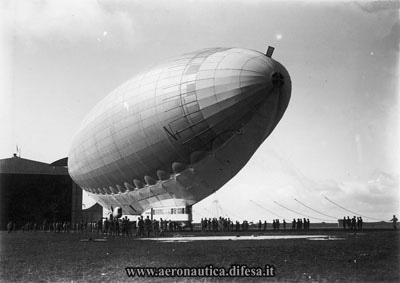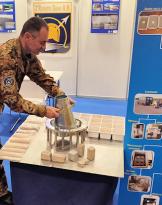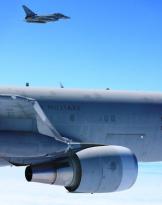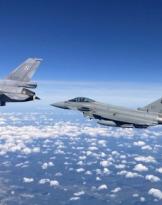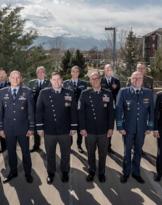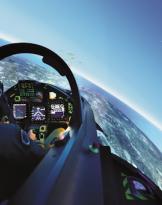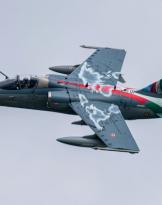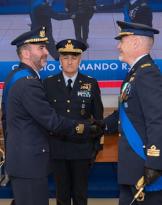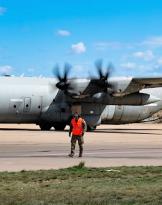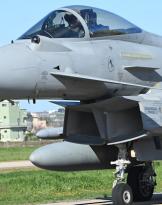The 10 April of 90 years ago, Colonel Umberto Nobile departed from Ciampino airport at the command of the "Norge" airship to reach, through England, Russia, Norway and the Svalbard Islands, after just over a month the North Pole.
The initiative was conceived simultaneously by the famous explorer Roald Amundsen and by Colonel Umberto Nobile, director of the Aeronautical plant From Rome. Amundsen, after having tried in vain to reach the North Pole with airplanes, asked the Norwegian Aero Club to buy an airship, a vehicle with great autonomy, capable of making great crossings without requiring refueling; the choice fell on the N-1, built in Italy by Nobile, and purchased thanks to the funding provided by a friend of the same Amundsen, Lincoln Ellsworth.
The technical preparation of the company and the preparation of the bases along the route were carried out by the Italian government. Arriving in Norway, and taking Amundsen and Ellsworth aboard the King's Bay (Norwegian islands Svalbard), at the 9.50 of the 11 May he set off for the last leg of the polar flight. The next day, at 1.30, it flew over the North Pole on which three flags were launched: the Italian, the Norwegian and, in honor of the official financier of the company, the American, although, as mentioned above, many of the costs were borne by the Italian government.
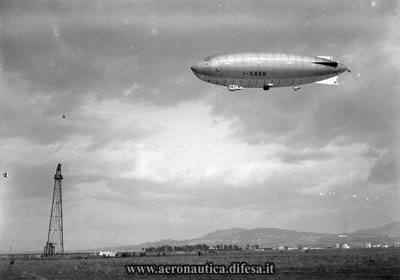 The 14 at 7.30 the "Norge" landed in Teller, Alaska, after traveling 5.300 km in 70 hours and 40 minutes. The expedition, officially the first to reach the North Pole, was successful only thanks to the ingenuity, professionalism and skill of Umberto Nobile and the Regia Aeronautica who had supported him at every stage.
The 14 at 7.30 the "Norge" landed in Teller, Alaska, after traveling 5.300 km in 70 hours and 40 minutes. The expedition, officially the first to reach the North Pole, was successful only thanks to the ingenuity, professionalism and skill of Umberto Nobile and the Regia Aeronautica who had supported him at every stage.
The establishment of the Regia Aeronautica in autonomous armed force, the 28 in March 1923, contributed considerably to the development of Italian aviation: the exceptional enterprises of those years, which had a worldwide media coverage, were the testimony. The years following the end of the Great War saw the states compete for the conquest of new geographical territories in a sort of scientific competition. In particular, the Italian aviators became protagonists of exceptional flight, many of which were made with seaplanes, like those of Francesco De Pinedo.

